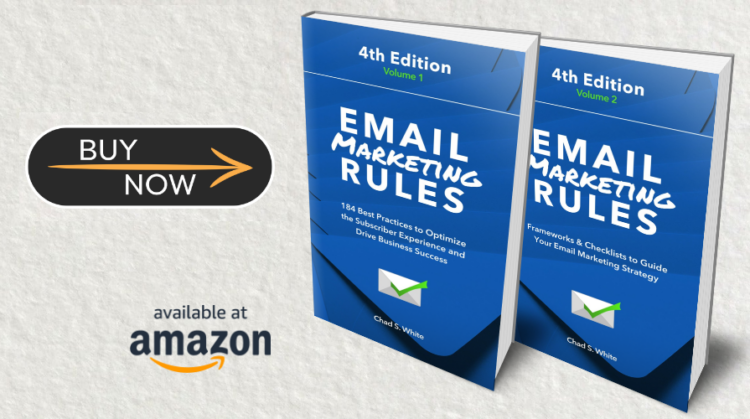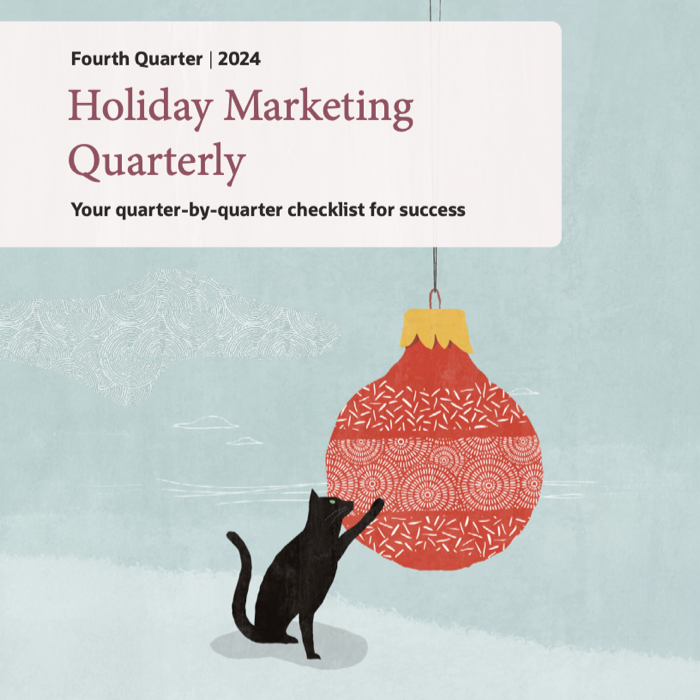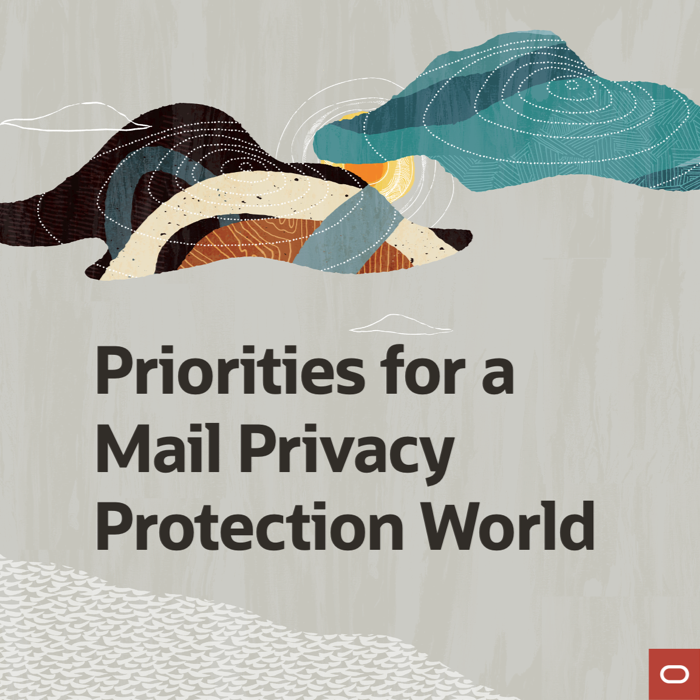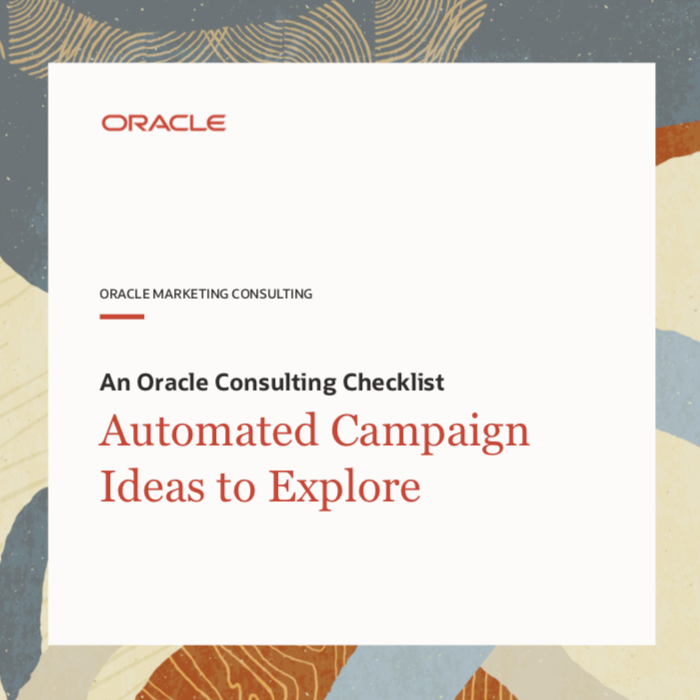More Brands Sending Welcome Emails, But Opportunities Remain
Welcome emails are among the top-performing emails that a marketer can send, so I was happy when my latest research found that more brands than ever are sending them. However, a closer look uncovered that there are still big opportunities for marketers to get better performance from their welcome emails.
 Nearly 81% of B2C marketers send welcome emails to their new subscribers, according to ExactTarget research involving more than 160 B2C brands, including retailers, restaurants, manufacturers, travel and hospitality, and nonprofits.
Nearly 81% of B2C marketers send welcome emails to their new subscribers, according to ExactTarget research involving more than 160 B2C brands, including retailers, restaurants, manufacturers, travel and hospitality, and nonprofits.
Retailers are considerably more likely than non-retailers to send a welcome email, with nearly 87% of retailers sending one versus only 70% of non-retailers. When I last looked at retailers’ welcome email practices in 2009, more than 74% were sending welcome emails, so adoption has grown significantly among that group.
Although adoption has increased, the effectiveness of welcome emails is still dampened by a couple of factors.
First, some marketers don’t send their welcome emails immediately after signup, when subscribers are most likely to open and act on them. For example, welcome emails from Applebee’s, West Elm and several other brands took 3 or more days to arrive. And Victoria’s Secret’s welcome email didn’t arrive until 2 weeks after signup. Delaying the delivery of your welcome email drastically reduces its effectiveness.
And second, a number of marketers also sent welcome emails that rendered poorly, including the ones from Tide and Drs. Foster & Smith. Because welcome emails are key to delivering a good first impression, make sure that yours renders well—with and without images enabled. Because ISPs change their coding support without notice, it’s wise to periodically confirm that your welcome and other triggered emails are still displaying as intended.
 On the plus side, marketers have gotten much better at using their welcome emails to drive action, whether it’s trying to ring up a sale, doing progressive profiling, or exposing new subscribers to their mobile app or social media presence.
On the plus side, marketers have gotten much better at using their welcome emails to drive action, whether it’s trying to ring up a sale, doing progressive profiling, or exposing new subscribers to their mobile app or social media presence.
Marketers are also making their unsubscribe links more prominent in their welcome emails, in case a new subscriber has second thoughts. Recognizing that unsubscribes are way preferred over spam complaints, brands like Victoria’s Secret include opt-out links in the preheader and the primary message block. I was relieved to see that only one brand sent a welcome email that wasn’t CAN-SPAM compliant.
When’s the last time you reviewed and updated your welcome email?
 Email Marketing Rules
Email Marketing Rules







































